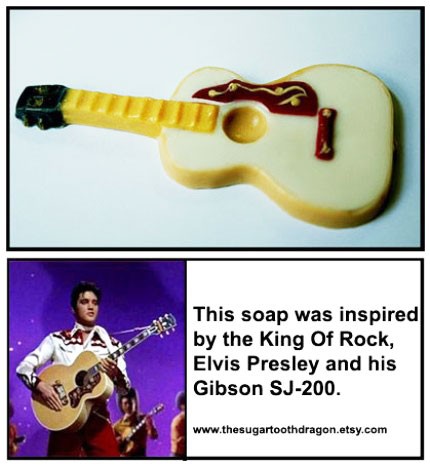

Gibson hang-tag warranty/booklet.Īlthough this guitar has a "2" (second) under the serial number, we can only assume that a couple of the tiny surface marks on the top must have been present when the guitar was made. Housed in the original Gibson black hardshell case with yellow plush lining (9.00).

The back of the guitar is nice and flamey, as is the back of the neck. There are a couple of tiny surface marks on the top of the guitar, a little bit of finish checking, and some minor fretwear to the original frets, mainly confined to the first six frets. This guitar is in near mint (9.25) condition. "Closed" moustache tailpiece with four pearl inlays and adjustable rosewood bridge. Brown celluloid pickguard elaborately etched in a floral design in white and yellow. Individual Kluson Super tuners with tulip-shaped metal buttons.
Johnny cash gibson j 200 serial number#
Serial number ("812626") impressed into the back of the headstock with a "2" underneath it. The back of the headstock is black with a widow's peak. Black plastic truss-rod cover with white binding and with "Custom" engraved in white. Black headstock with inlaid pearl "Gibson" logo and pearl crown inlay. The top of the guitar has seven-ply binding, the back has five-ply binding, the soundhole rings are in two groups of seven and three, and the fretboard and headstock are single-bound. Highly figured curly maple back and sides, with a "zipper" stripe down the center of the back, close-grained spruce top, five-piece curly maple and mahogany neck with a medium profile, and rosewood fretboard with a peak at the end of the fretboard, 20 jumbo frets, and inlaid pearl crest position markers. and has a fat nut width of just over 1 11/16 inches, a really nice medium neck profile and a scale length of 25 1/2 inches. Our first one is the David Grier model, a rosewood dreadnaught with Adirondack spruce top.This 17-inch-wide "King of the Flat Top Guitars" weighs just 5.60 lbs. They sure don’t take much getting used to, you just pick ’em up and play away. Yet there’s a notable lack of quirkiness, and a familiar feel and sound to Marty’s guitars. Nashville Guitar Company instruments look a bit like classic Martins – no surprise there – but these are not slavish copies of vintage anythings. Since great pickers like Stuart Duncan are friends as well as customers, their input about Marty’s instruments is no small part of what makes his guitars so great. The kind of “big names” that most low-production guitarmakers would drop at every opportunity are just part of business as usual for Marty. In 1985 Marty turned his attention full-time to his Nashville Guitar Company, setting aside a part of his busy repair schedule for building guitars. It’s that sort of fresh-pot-of-coffee, soup-on-the-back-burner kind of place where everyone is welcome. Marty’s house and home workshop soon became a rallying spot for Nashville-based bluegrass musicians, and no small part of the draw was his wife Charmaine, a Sonoma County native who gained a reputation as a photographer and also wrote an insider’s-view newsletter about the greater Nashville scene. When he didn’t have his hands inside an old Martin, Lanham was likely to have his feet on the stage of the Grand Ole Opry, playing banjo for traditional country pioneer Wilma Lee Cooper. This provided many opportunities to “get inside” the finest guitars from the Golden Era of American guitarmaking, including an old D-45 that formerly belonged to Johnny Cash, along with guitars that belonged to Lester Flatt and even Jimmie Rodgers. He was given a job with the prestigious Gruhn Guitars, where he worked as a repairman for the next eight years. He was already a fine banjo player, and we were sorry to lose another talent to Nashville when his band relocated to Tennessee in 1972.īoth of Marty’s careers took off soon after the move. A native of San Jose, we first met Marty back in the early 1970’s when he was living in Sonoma County, working on instruments when he wasn’t playing bluegrass with Styx River Ferry. Lots of guitarmakers are also musicians, or ex-musicians, but not many have put in as many hours on stage as Marty Lanham. The best thing is… MORE Marty Lanham & the Nashville Guitar Company If your instrument is hanging on the wall, take it down, put it in the case until the weather changes. If your instruments are on a stand, make sure the instrument is not near a heater vent. The problem is that the constant heat in our homes dries the air in the room.

This past winter was especially brutal on acoustic instruments.

A critical message for all owners of wooden stringed instruments


 0 kommentar(er)
0 kommentar(er)
